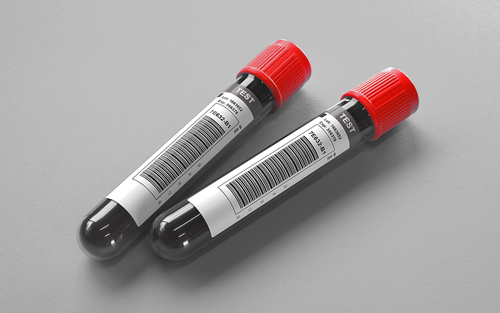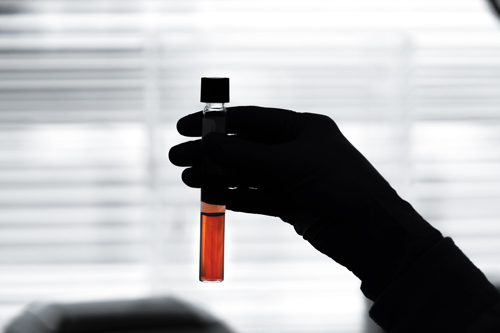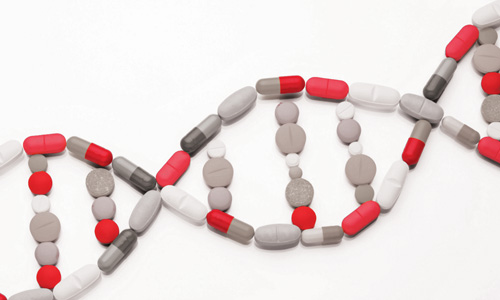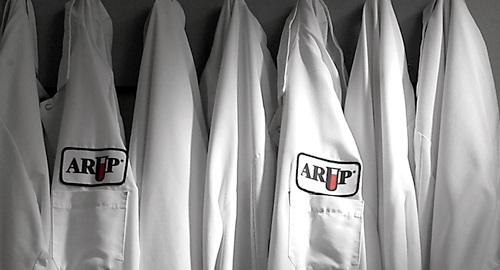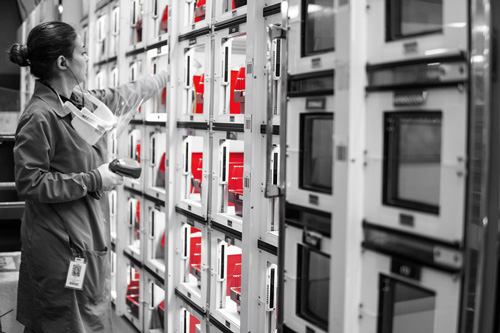Mercury, Whole Blood
Ordering Recommendation
Preferred test for the assessment of acute mercury exposure. For chronic exposure, Mercury, Urine (0025050) is preferred.
New York DOH Approval Status
Specimen Required
Diet, medication, and nutritional supplements may introduce interfering substances. Patient should be encouraged to discontinue nutritional supplements, vitamins, minerals, and non-essential over-the-counter medications (upon the advice of their physician), and avoid shellfish and seafood for 48 to 72 hours.
Royal blue (K2EDTA) or royal blue (NaHep).
Transport 3 or 6 mL whole blood in the original collection tube. (Min: 0.5 mL)
Room temperature. Also acceptable: Refrigerated.
Specimens collected in tubes other than royal blue (K2EDTA) or royal blue (NaHep). Specimens transported in containers other than royal blue (K2EDTA) or royal blue (NaHep) tube or trace element-free transport tube. Clotted specimens.
Ambient: 1 week; Refrigerated: 1 week; Frozen: Unacceptable
Methodology
Quantitative Inductively Coupled Plasma-Mass Spectrometry (ICP-MS)
Performed
Sun-Sat
Reported
1-3 days
Reference Interval
Less than or equal to 10.0 µg/L
Interpretive Data
Blood mercury levels predominantly reflect recent exposure and are most useful in the diagnosis of acute poisoning as blood mercury concentrations rise sharply and fall quickly over several days after ingestion. Blood concentrations in unexposed individuals rarely exceed 20 ug/L. The provided reference interval relates to inorganic mercury concentrations. Dietary and nonoccupational exposure to organic mercury forms may contribute to an elevated total mercury result. Clinical presentation after toxic exposure to organic mercury may include dysarthria, ataxia, and constricted vision fields with mercury blood concentrations from 20 to 50 ug/L.
Elevated results may be due to skin- or collection-related contamination, including the use of tubes that are not certified to be trace element free. If an elevated result is suspected to be due to contamination, confirmation with a second specimen collected in a certified trace element-free tube is recommended.
Methodology: Inductively Coupled Plasma-Mass Spectrometry (ICP-MS).
Laboratory Developed Test (LDT)
Note
Mercury is volatile; concentration may decrease over time.
Hotline History
Hotline History
CPT Codes
83825
Components
| Component Test Code* | Component Chart Name | LOINC |
|---|---|---|
| 0099305 | Mercury, Whole Blood | 5685-3 |
Aliases
- Hg
- HGB
- Hg WB
